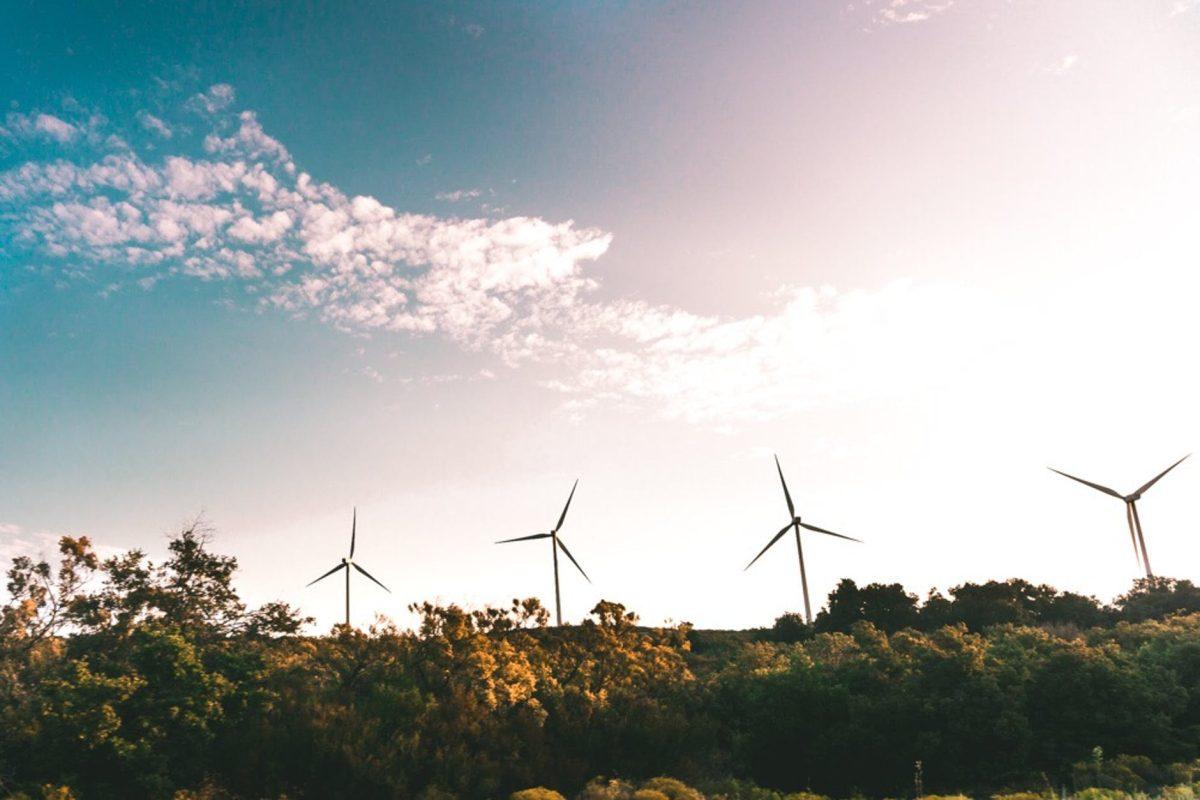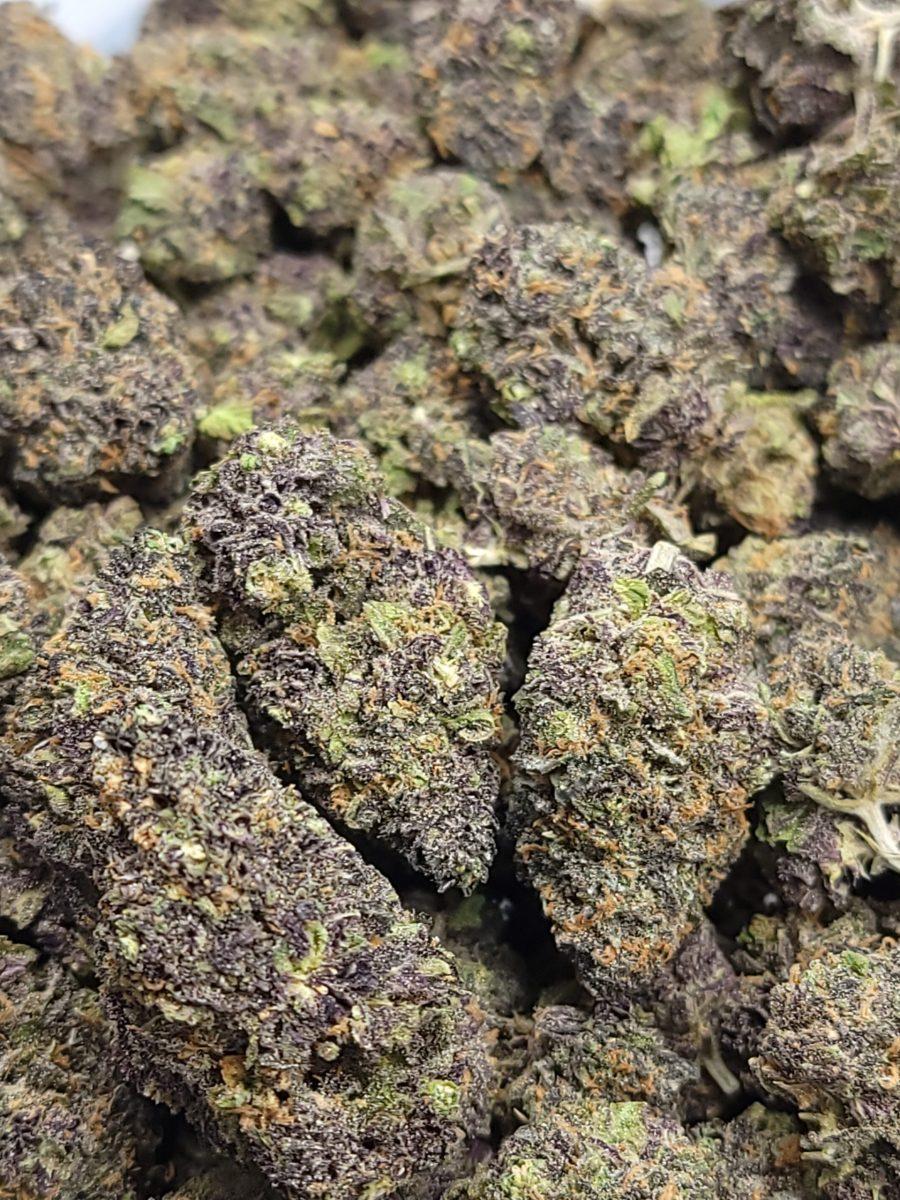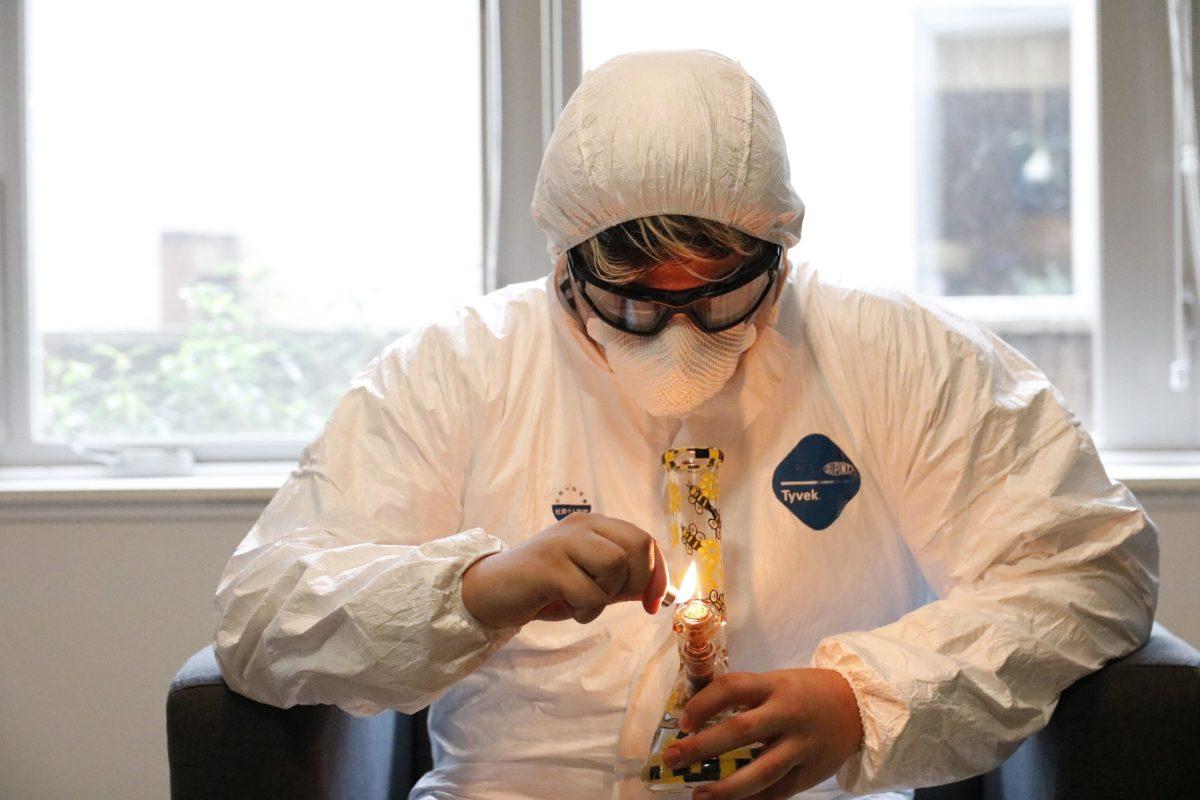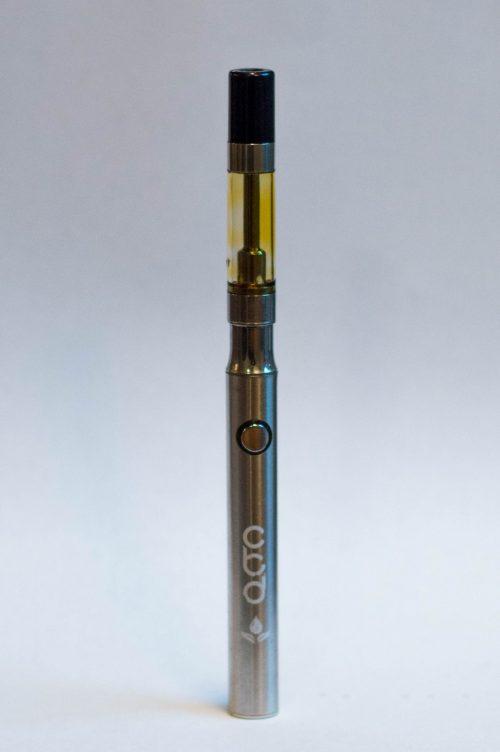You may notice a lot of farms throwing around the term ‘sustainable farming’, but what does that actually mean? Sustainability is defined as the avoidance of the depletion of natural resources in order to maintain an ecological balance. But is sustainability really sustainable? The purpose of sustainability is to maintain. Maintaining what was already there is simply not enough when looking at the bigger picture. As hard as we may try to maintain, the biodiversity of the planet is still suffering from our actions, thus we must make efforts to restore this biodiversity. Methods such as regenerative farming include taking part in a diverse bioecological system and giving back to the earth. Practices include planting complementary plants alongside your cannabis, growing various crops in the offseason to protect the soil, composting, using natural soil and avoiding chemical additives. Some farms have even been successful in dry farming cannabis plants which means they don’t use supplemental irrigation systems for their plants. Now, in a place like Oregon, this may produce cannabis that ends up molding, but for drier climates, this practice does show some promise.
Regarding “organic” cannabis farming, the USDA actually does not certify any cannabis as organic as it is illegal under federal law. Hemp, on the other hand, can obtain a USDA Organic certification. In an effort to obtain similar “organic” certification for cannabis farms, various organizations have been established that helps to ensure farms follow specific “sustainable” standards. Some of these organizations that work with farms in Oregon include Dragonfly Earth Medicine, Certified-Kind, Sun+Earth Certified and Clean Green Certified. Each organization has different requirements for getting certified and some are more stringent than others in regard to certain farming practices. [The various rules for each are linked above.] There are also a number of farms that make claims about having “organic” practices, but the reality is that we can’t be certain. In addition, everyone has their own idea of what “organic cannabis” looks like. Farms should make an effort to practice regenerative farming methods in order to give back to the earth.
I know we would all like to think that growing cannabis does no harm to the planet. But the reality is that growing cannabis in a way that benefits the environment wholly takes much more effort than simply choosing to grow outdoors. There are three main environments in which cannabis is commercially grown: indoor, outdoor and light-deprivation greenhouse. Some farms just grow cannabis using one of these methods, others may implement multiple methods if accessible. Typically, cannabis plants are grown in soil, either directly in the ground or in a planter pot. However, indoor cannabis growing operations may often use a hydroponic method of growing. Hydroponic growing involves suspending the roots of the plants in buckets of water and a medium such as perlite or coconut fiber.
Out of all the growing methods, outdoor growing is the one that would require the least energy and water. Greenhouse growing methods are also another good choice if you may be dealing with inclement weather for growing cannabis. Indoor growing and hydroponic methods are the most wasteful, in both energy and water consumption, especially when the methods are combined. If you want to choose the best method for the environment, growing cannabis in the earth’s natural soil provides a number of benefits to the earth and uses the sun rather than artificial lighting and energy.
While there is an overall lack of research on the effect indoor cannabis cultivation may be having on the environment, in 2020, one researcher Evan Mills published an in-depth follow-up study to a 2012 paper on cannabis energy use and cost. According to his data, indoor cannabis cultivation produces up to 15 million metric tonnes of CO2 per year and can cost upwards of $6 million a year. To compare this, Oregonians produce around 20 million metric tonnes per year in transportation emissions. However, there are ways to mitigate some of the negative effects of indoor cannabis cultivation there are a few steps that can be taken. Implementing things such as renewable energy sources, LED lighting, reusing water through reverse osmosis and even collecting rainwater for use are all ways indoor cannabis cultivators can help lessen their impact on the environment.
Let us not forget though that there can be negative effects to the consumer if cannabis is grown in less than ideal environmental conditions. Not only does cannabis pull toxins out of the soil it is grown in, when it is grown outdoors there is a chance for dirt and other allergens to contaminate the plant. Overall, knowing your grow is the most important thing you can do to ensure you are getting the most quality product on the market.






